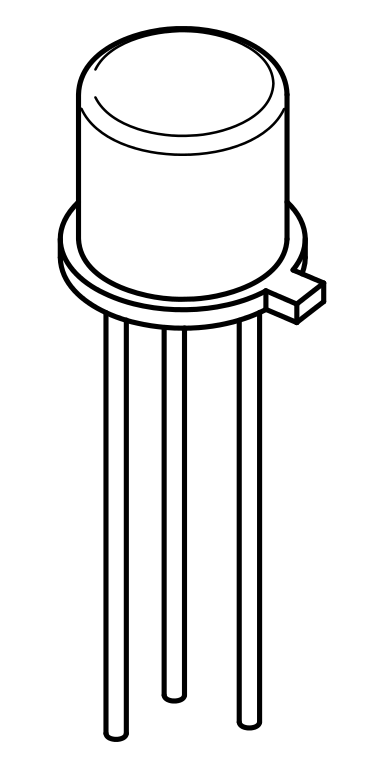National
1. GoI inaugurates 15 power projects in Jammu & Kashmir
- Union Minister of State for Power RK Singh and Jammu and Kashmir Governor Satya Pal Malik have jointly inaugurated 15 power projects.
- They also laid the foundation stone for 20 other different Centrally-sponsored schemes in Srinagar.
- Under a scheme, 1 lakh LED (light-emitting diode) street lights will be installed in Srinagar city, saving ₹29 crores annually to the Srinagar Municipal Corporation. The government is working to ensure 24 hours electricity supply to all the citizens of the country, including in Jammu and Kashmir, and Ladakh region.
2. International Workshop for National Water Museum
- The Jal Shakti Ministry is planning to develop a National Water Museum to increase awareness among people on the conservation of the natural resource.
- The Jal Shakti Ministry is also organising an International Workshop which will be attended by experts from India and abroad.
- The outcome of the workshop will be a blueprint for establishing the proposed National Water Museum under the aegis of Jal Shakti Ministry.
- During the workshop, possible broad composition, the content of the museum including highlighting importance of water and its current state in different regions of the country, possible solutions, traditional and modern water management practices and localised success stories are proposed to be discussed.
Static/Current Takeaways Important For RRB NTPC/IBPS RRB Mains:
- Union Minister of Jal Shakti: Gajendra Singh Shekhawat.
3. India Post expands speed post service to 6 new foreign countries
- India Post expanded speed post service to six new foreign destinations in Asia, Europe and South America.
- The Department of Posts has announced commencing of International Speed Post (EMS) Service to Bosnia and Herzegovina, Brazil, Ecuador, Kazakhstan, Lithuania and North Macedonia.
- EMS or Express Mail Service is a premium service that enables its users to send documents and merchandise faster and with the added facility of being able to track the movement of the item on the internet.
- This facility is expected to augment people to people contact with these countries and foster trade as EMS is a popular channel for small and medium enterprises.
- The EMS service to these countries will henceforth be available at major Post offices across India.
Static/Current Takeaways Important For RRB NTPC/IBPS RRB Mains:
- Secretary, Department of Posts & Chairperson, Postal Services Board: Ananta Narayan Nanda.
- Headquarters: New Delhi; Founded: 1 April 1854.
- Director-General: Meera Handa.
State News
4. Delhi Police's launches Tatpar app for citizen-centric servicesr
- Delhi Lieutenant Governor Anil Baijal launched 'Tatpar' app, developed by the Delhi Police, which is a one-stop destination for access to over 50 citizen-centric services.
- The app amalgamates all the websites and mobile applications of Delhi Police, and over 50 services which can now be accessed with a single touch in the app.
- Through the app, citizens can navigate to their nearest police station, traffic pit and prepaid taxi booth. On a single touch, the user will be provided with the directions as well as the complete contact details of the concerned Station House Officer (SHO) of a police station.
Static/Current Takeaways Important For IBPS RRB Main 2019:
- Chief Minister of Delhi: Arvind Kejriwal
Appointment
5. ADB president Takehiko Nakao resigns
- Asian Development Bank (ADB) President Takehiko Nakao has announced his resignation. He became the president of ADB on April 28, 2013.
- He expanded the operations of the funding agency from USD 14 billion in 2013 to USD 22 billion in 2018.
- He also ushered in the merger of Ordinary Capital Resources and concessional lending operation of the Asian Development Fund (ADF) and steered the launch of ‘Strategy 2030.
- The new president will be elected in accordance with an open, transparent and merit-based procedure.
Static/Current Takeaways Important For IBPS RRB Main 2019:
- Headquarters of ADB: Manila, Philippines; Founded:19 December 1966.
- Member of ADB: 68 countries.
6. GoI Appoints Four Supreme Court Judges
The Centre has cleared four names recommended by the Supreme Court Collegium for elevation as judges of the apex court. The four appointed judges are
- Himachal Pradesh High Court: Chief Justice V. Ramasubramanian
- Punjab and Haryana High Court: Chief Justice Krishna Murari
- Rajasthan High Court: Chief Justice S. Ravindra Bhat
- Kerala High Court: Chief Justice Hrishikesh Roy
The Supreme Court vacancies had increased its judicial strength from 31 to 34 following the enactment of the Supreme Court (Number of Judges) Bill of 2019.
Static/Current Takeaways Important For RRB NTPC/IBPS RRB Mains:
- Chief Justice of India: J Ranjan Gogoi; Founded: 26th January 1950.
7. Robert O'Brien becomes National Security Adviser of US
- Robert O'Brien has been appointed as the National Security Adviser of United States of America.
- Robert O'Brien will replace John Bolton as the NSA of US.
- Robert O'Brien has had a long career in foreign policy working for both main US parties and currently heading the hostage negotiations at the State Department.
Static/Current Takeaways Important For IBPS RRB Clerk Mains:
- US President: Donald Trump; Capital: Washington, D.C; Currency: US Dollar.
Ranks and Reports
8. Indian diaspora largest in the world at 17.5 million: UN Report
The International Migrant Stock 2019 was released by the Population Division of the UN Department of Economic and Social Affairs (DESA). The report provides the latest estimates of the number of international migrants by age, sex and origin for all countries and areas of the world.
As per the report, India was the leading country of origin of international migrants in 2019 with a 17.5 million strong diaspora.
Some important findings of the report:
- The top 10 countries of origin account for one-third of all international migrants. India is the leading country of origin of international migrants with 17.5 million persons living abroad. Migrants from Mexico constituted the second largest diaspora (11.8 million), followed by China (10.7 million).
- Europe hosted the largest number of international migrants (82 million), followed by Northern America (59 million) and Northern Africa and Western Asia (49 million). India hosted 5.1 million international migrants in 2019.
- Among the international migrants in India, the female population was 48.8% and the median age of international migrants was 47.1 years.
- In India, the highest number of international migrants came from Bangladesh, Pakistan and Nepal.
- In terms of age, one out of every seven international migrants is below the age of 20 years.
Static/Current Takeaways Important For IBPS RRB PO Mains:
- UN Under Secretary General for Department of Economic and Social Affairs: Liu Zhenmin.
Awards
9. Anand Kumar felicitated with Education Excellence Award 2019
- Super 30 founder and noted mathematician Anand Kumar has been felicitated in the US with a prestigious Education Excellence Award 2019.
- The Foundation For Excellence (FFE) awarded him on the occasion of the organisation's 25th anniversary.
- Anand has been running a highly innovative Super 30 programme for the last 18 years. He mentors 30 students free off cost through a year-long residential coaching for India's premiere IIT-JEE.
Summit and Conferences
10. Home Minister chair the meeting of Northern Zonal Council in Chandigarh
- Union Home Minister Amit Shah will chair the 29th meeting of the Northern Zonal Council.
- The grouping comprises states of Haryana, Himachal Pradesh, Punjab and Rajasthan besides union territories of Jammu and Kashmir, Ladakh and the National Capital Territory of Delhi. The Haryana chief minister Manohar Lal Khattar is the vice-chairman and host of the meeting.
- The zonal councils discuss a broad range of issues, including boundary disputes, security, infrastructure-related matters such as roads, transport, industries, water and power besides matters pertaining to forests and environment, housing, education, food security, tourism and transport.
- Five zonal councils were set up in 1957 under the States Reorganisation Act, 1956. The Union home minister is the chairman of each of these five councils.
Defence
11. Rajnath Singh becomes 1st Defence Minister to fly in LCA Tejas
- Defence Minister Rajnath Singh becomes the first defence minister to fly in the indigenously-built light combat aircraft (LCA) Tejas. He flew in the Tejas fighter aircraft from the HAL airport in Bengaluru.
- Defence Minister was accompanied by Air Vice Marshal N Tiwari, who is also the Project Director, National Flight Test Centre, ADA (Aeronautical Development Agency) in Bengaluru.
Sports
12. Anurag Thakur announces cricket and sports academy for Leh
- Union Minister of State for Finance and Corporate Affairs Anurag Thakur announced that a cricket and sports academy will be set up in Leh, Ladakh.
- This cricket and sports academy will ensure that talented athletes of the region get the required training to excel. He also joined Army personnel in Leh to carry out a cleanliness drive to mark Prime Minister Narendra Modi's 69th birthday.
13. Vinesh Phogat wins bronze medal in Wrestling World Championships
- Vinesh Phogat won the bronze medal at the Wrestling World Championships held in Nur-Sultan, Kazakhstan.
- She defeated Maria Prevolaraki of Greece in the 53 kg freestyle event.
- Vinesh Phogat has also won India an Olympic quota in the 53 kg freestyle event of Tokyo Olympics.
Obituaries
14. Veteran Malayalam Actor Sathar Passes Away
- Veteran Kerala actor Sathar passed away. He made his acting debut in 1975 with Malayalam movie Bharyaye Aavashyamundu directed by M. Krishnan Nair & in 1976 with Vincent Master’s directorial Anavaranam. He was acted in more than 300 films, majority of them in Malayalam.
Miscellaneous
15. Beijing 2022: Paralympic and Olympic mascots unveiled
- A smiling panda and a walking Chinese lantern will be the mascots for the 2022 Winter Olympics and Paralympics in Beijing, China.
- The mascots were revealed at a ceremony at the Shougang Ice Hockey Arena in the Chinese capital.
- The mascot, named Bing Dwen Dwen, is a chubby giant panda wearing a suit of ice was revealed as the official mascot for Beijing Winter Olympics 2022.
- Chinese lantern Shuey Rhon Rhon was declared as the official mascot for Winter Paralympics 2022.
Static/Current Takeaways Important For RRB NTPC/IBPS RRB Mains:
- President of China: Xi Jinping; China Capital: Beijing; Currency: Renminbi.
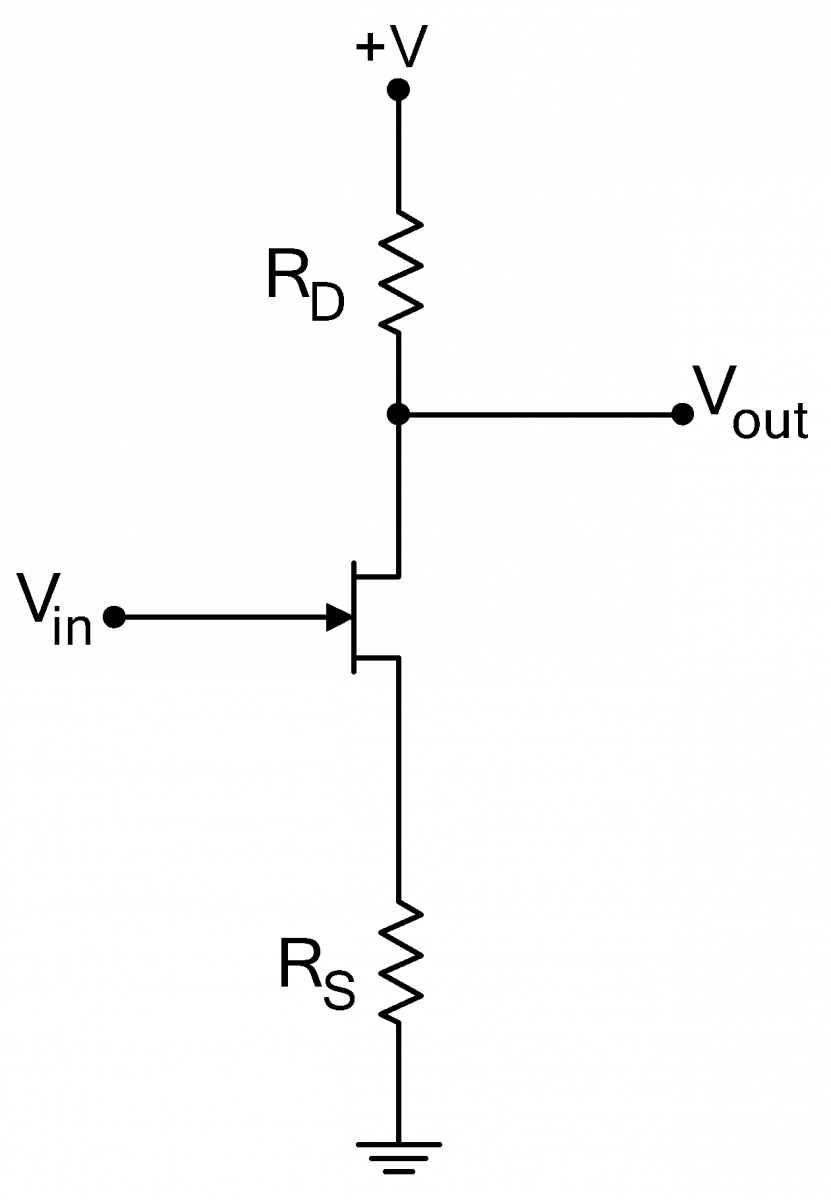



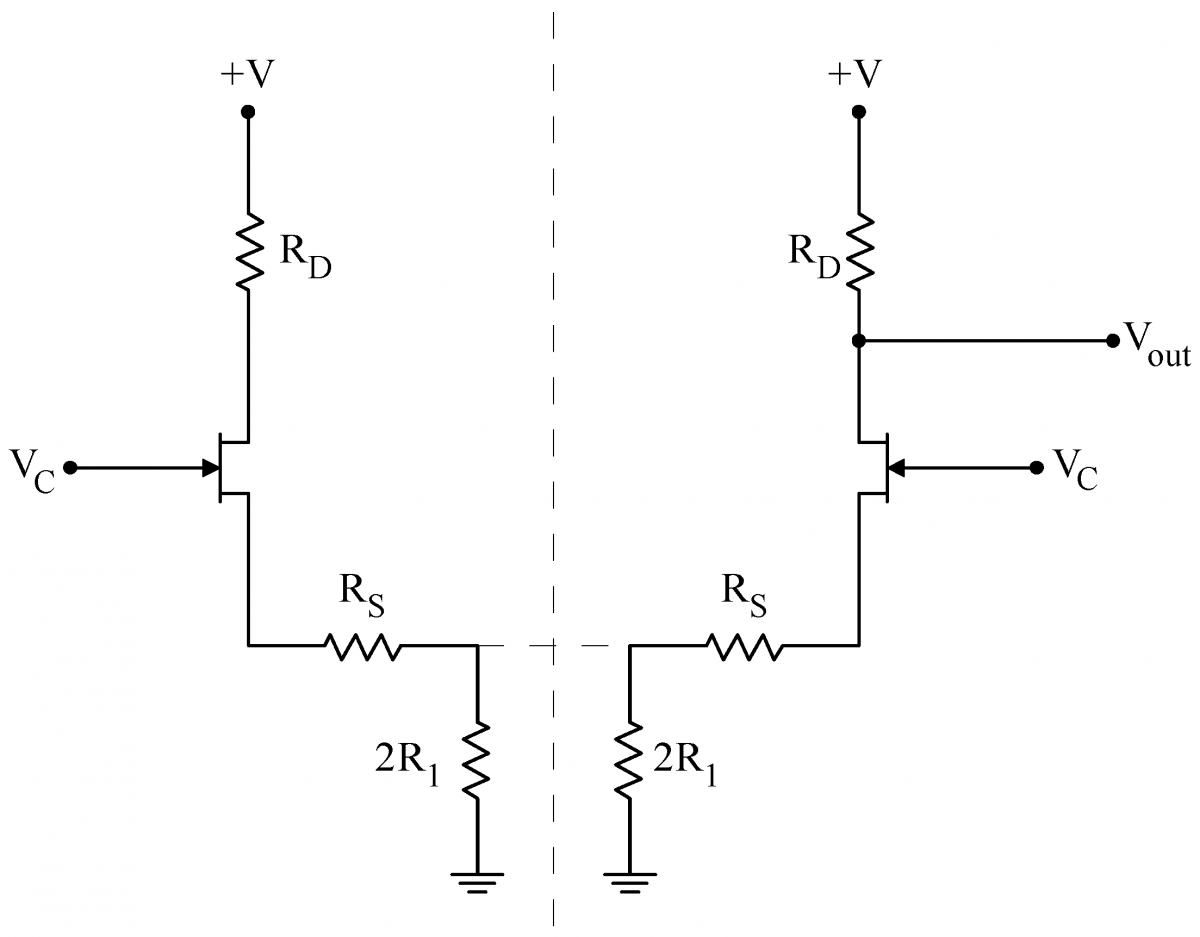
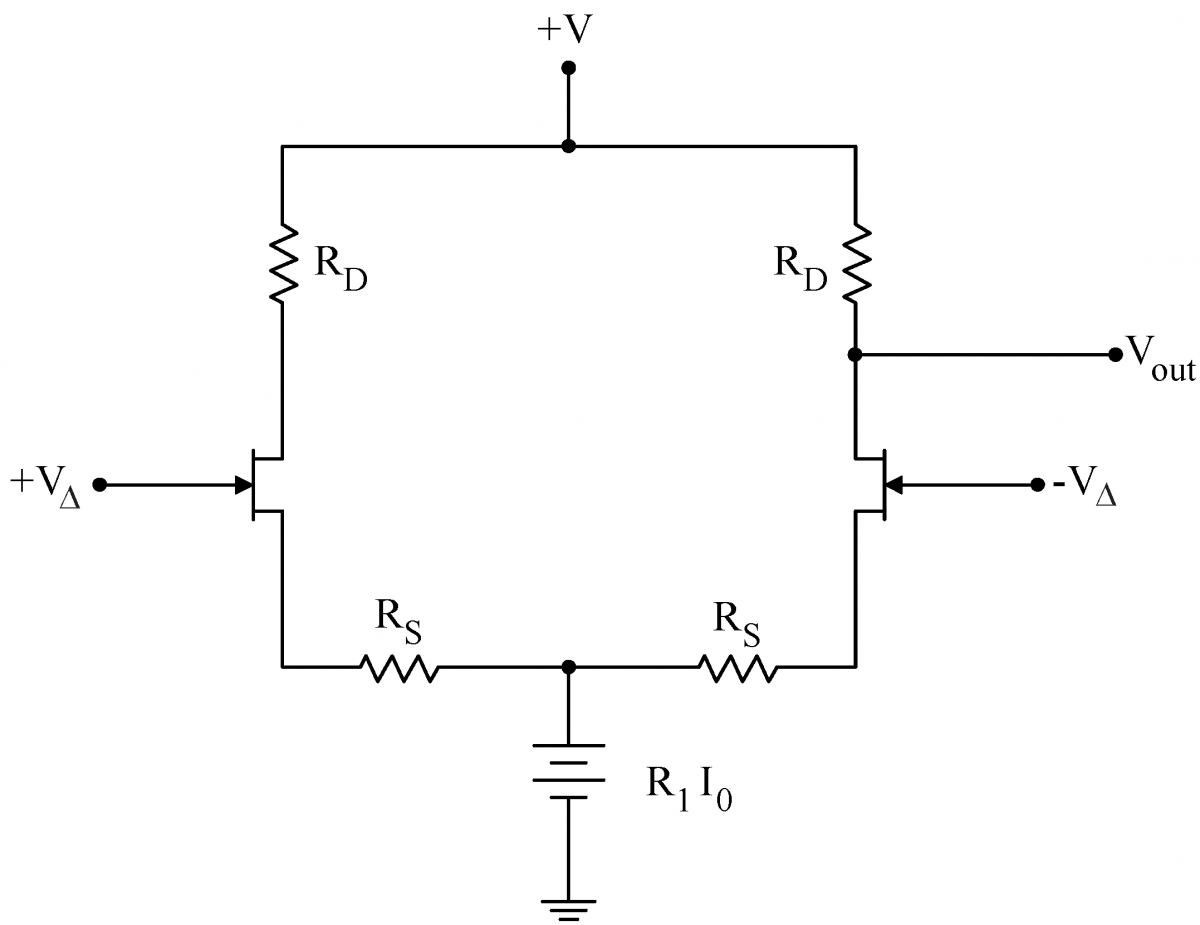
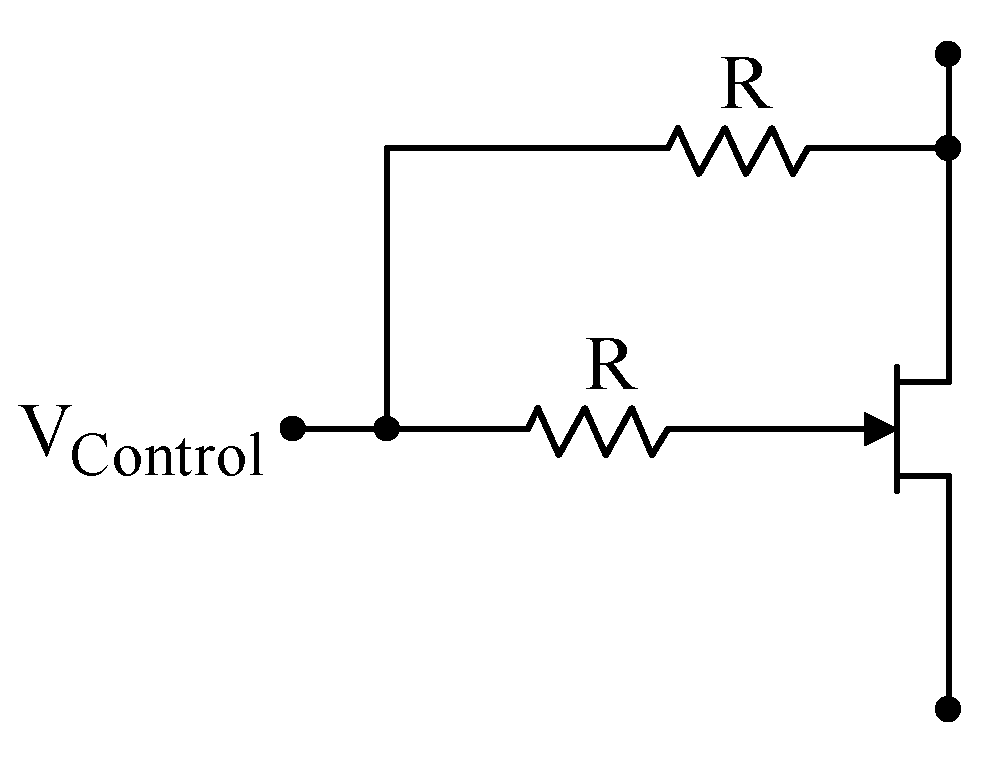



 2N4392
2N4392